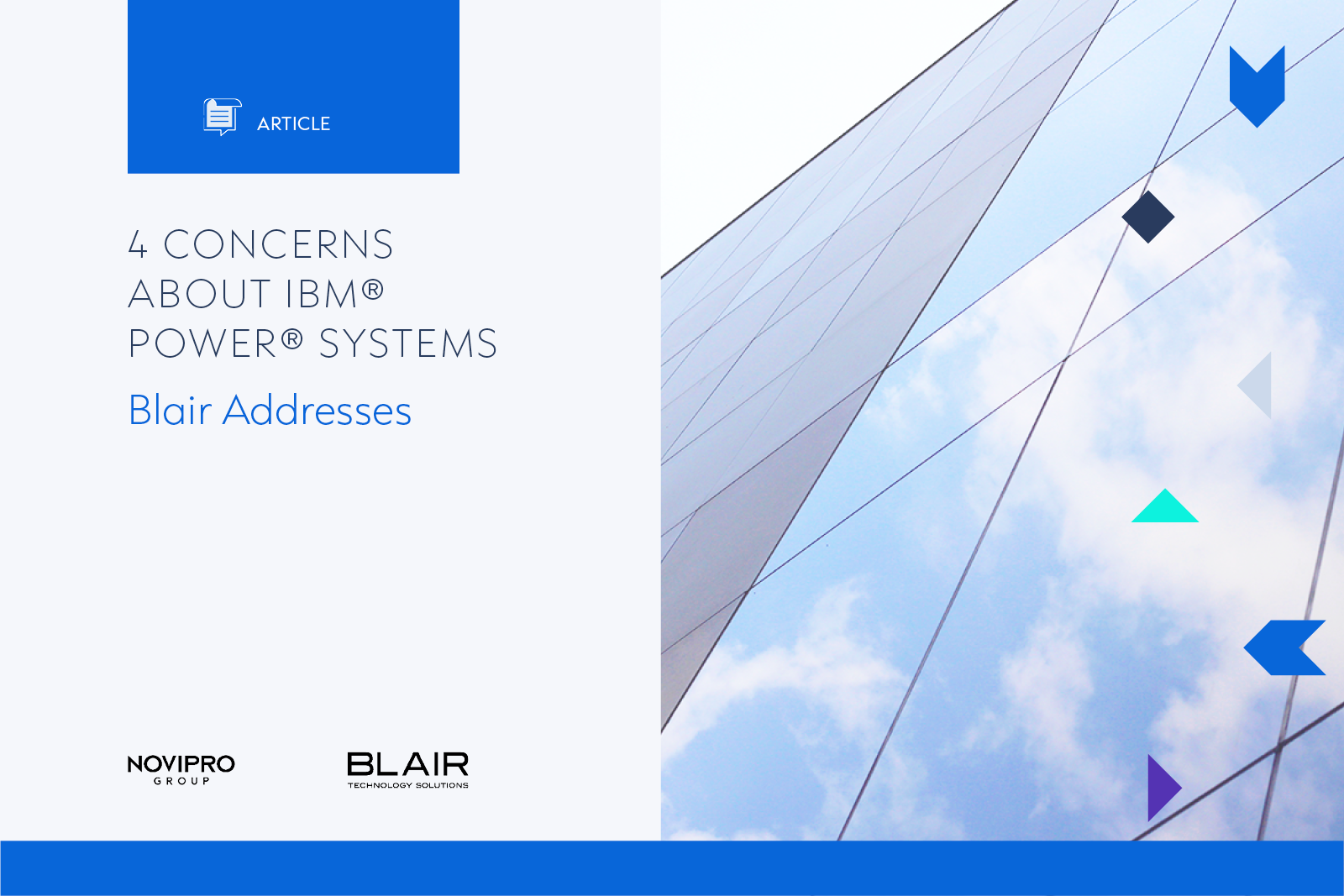Today’s business environment creates tremendous challenges when it comes to data protection. First, unprecedented data growth makes traditional data protection approaches inadequate, leading to increased uncertainty about protection status; second, multiple protection methods lead to data silos and make it difficult to understand the overall protection environment. Lastly, as applications move from physical to virtual infrastructure, the processes and technologies that worked well in a physical environment may not be the most effective in a virtual one.
Will your current data protection approaches keep up with the growing demands? Here is a list of things to consider:
Types of data:
Different types of data require different data protection solutions and technologies. For example, protecting unstructured data presents different challenges than protecting structured data. From an application perspective, an important consideration for investing in data protection is which category the applications fall under. A mission critical application has different availability requirements than a business supporting application.
Where is your data:
You are managing your applications and data in multiple places – from on premise traditional infrastructures to virtualized environments to hybrid and public clouds. Data protection solutions disparately assembled across multiple platforms will result in more silos. The key is to build integrated data protection into your infrastructure, so you can scale capacity and performance more effectively and avoid the pitfalls of traditional backup.
Managing expectations:
Setting and managing expectations is critical in making data protection decisions. When looking at solutions, there is a need to balance infrastructure cost and business goals versus the cost of data loss and system downtime. Data loss can be defined or measured using a Recovery Point Object (RPO). System or application downtime can be measured as Recovery Time Objective (RTO). Each has an associated cost that can be measured. Exceeding the acceptable limits for either one can cause the business to suffer.
Monitoring and management:
Even if everything is well planned, there will still be requirements for more capacity and higher performance as data grows. A scalable infrastructure with either scale-up – adding more components to a single system, or scale-out – adding more systems in a single data centre, or migrating to a converged infrastructure, are key features that can be used to prevent disruption while increasing capacity and maintaining optimal performance.
IT transformation has generated the need for new kinds of data protection and data management services. With a robust data protection solution in place, you can empower your organization to continue operating in the wake of a disruption, outage or disaster. Let Blair’s data protection experts help you begin your data protection transformation by contacting us.









